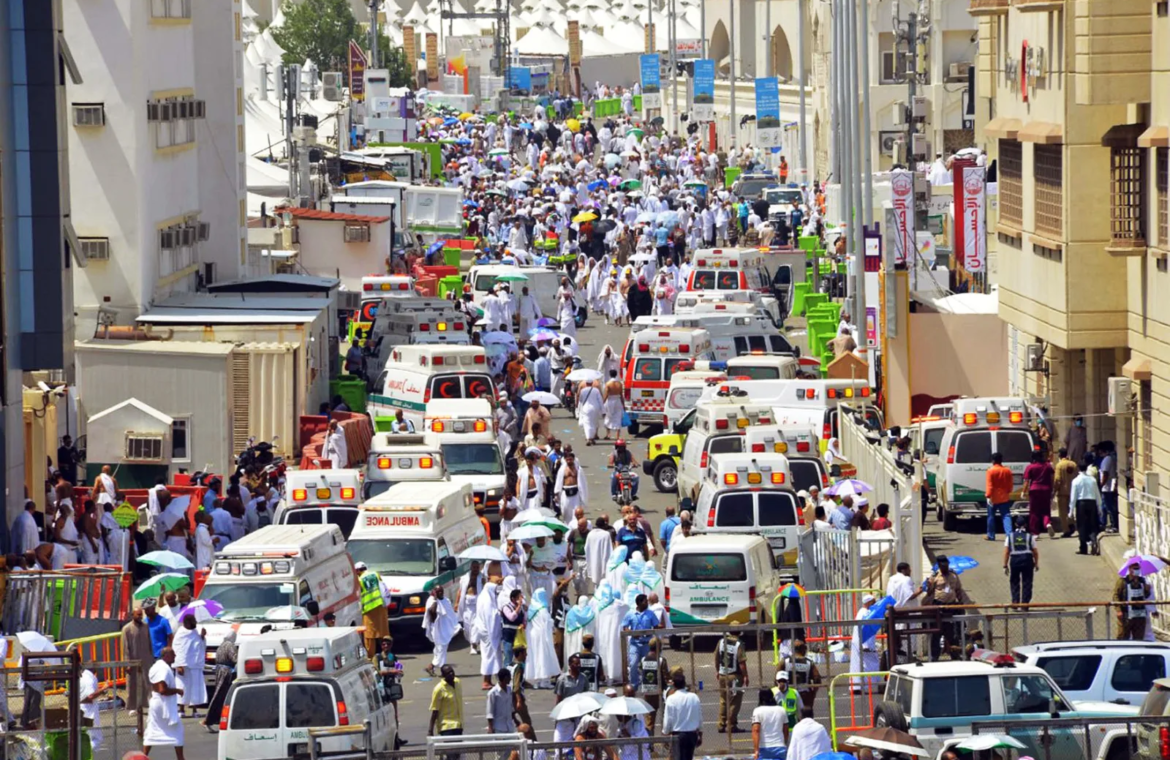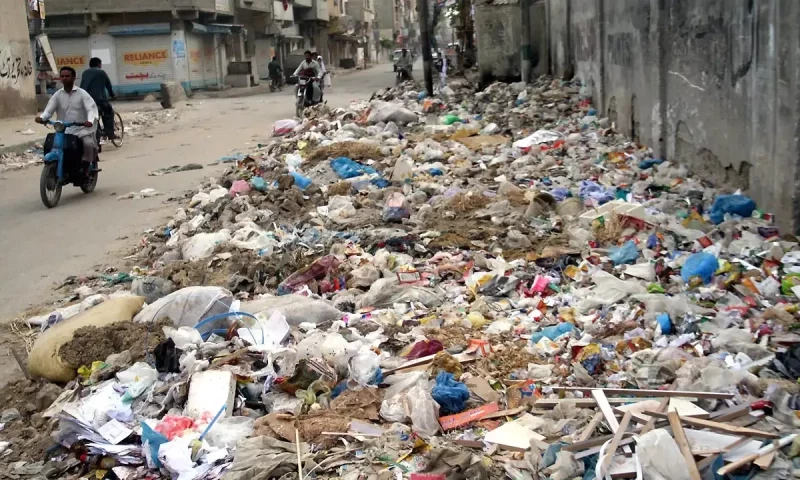As millions of Muslims from around the world prepare to embark on the annual pilgrimage to Mecca, Saudi Arabia’s authorities have issued a warning regarding above-average temperatures expected during this year’s Hajj. The announcement emphasizes the need for pilgrims to take extra precautions to ensure their safety and health during the holy event, which involves intense physical activities and extensive travel.
Rising Temperatures and Health Risks
Meteorological forecasts predict that the temperatures in Mecca and surrounding areas could soar above the seasonal average, potentially reaching highs of 45°C (113°F) or more. This extreme heat poses significant health risks, particularly for the elderly, children, and those with pre-existing health conditions.
Health Risks Include:
Heat Exhaustion and Heatstroke: Prolonged exposure to high temperatures can lead to heat exhaustion or, more severely, heatstroke, which is a medical emergency.
Dehydration: With increased sweating, the risk of dehydration rises, which can affect overall health and the ability to perform Hajj rituals.
Respiratory Issues: Hot weather can exacerbate respiratory conditions, especially in crowded and dusty environments.
Government and Health Authorities’ Measures
To mitigate the risks associated with the extreme heat, Saudi authorities have implemented several measures and issued guidelines to ensure the well-being of the pilgrims:
Cooling Stations and Shaded Areas:
Numerous cooling stations equipped with misting fans and air conditioning will be set up throughout the pilgrimage routes.
Shaded rest areas will be available to provide relief from the sun.
Hydration and Medical Assistance:
Free bottled water will be distributed at various points to help pilgrims stay hydrated.
Medical teams will be on standby to provide immediate assistance and address heat-related illnesses.
Pilgrims are advised to carry personal hydration packs and drink water regularly.
Awareness Campaigns:
Information campaigns are being conducted to educate pilgrims on the signs of heat-related illnesses and the importance of staying hydrated and cool.
Pilgrims are encouraged to wear light, loose-fitting clothing and to use umbrellas or hats for additional sun protection.
Adjustments in Ritual Schedules:
Authorities might adjust the timing of specific rituals to cooler parts of the day, such as early morning or late afternoon, to reduce exposure to peak heat periods.
Tips for Pilgrims
Stay Hydrated: Drink water regularly, even if you don’t feel thirsty. Avoid caffeinated and sugary drinks, which can contribute to dehydration.
Dress Appropriately: Wear light-colored, loose-fitting clothing and use sunscreen to protect against sunburn.
Take Breaks: Utilize the cooling stations and shaded areas to rest frequently, especially during the hottest parts of the day.
Be Vigilant: Watch for symptoms of heat exhaustion, such as excessive sweating, weakness, dizziness, nausea, and headache. Seek medical help immediately if you or someone else shows signs of heatstroke, including confusion, fainting, or lack of sweating despite the heat.
The warning about above-average heat during this year’s Hajj underscores the importance of preparation and precaution. By following the guidelines provided by Saudi authorities and taking personal measures to stay cool and hydrated, pilgrims can help ensure a safer and more comfortable pilgrimage experience. The spirit of Hajj remains one of resilience and devotion, and with the right precautions, pilgrims can fulfill their spiritual duties while safeguarding their health.
Topics #featured #News #trending pakistan




